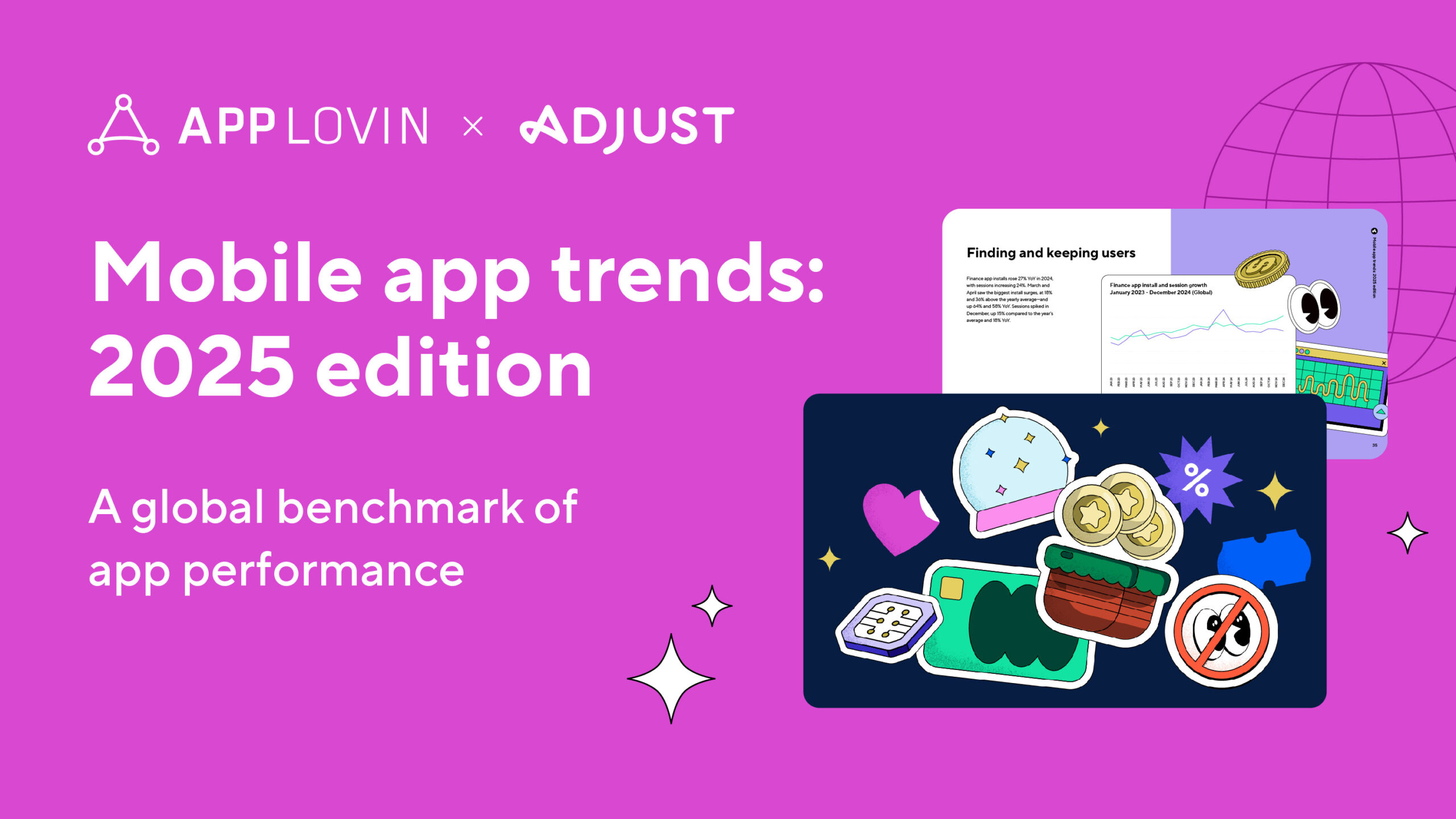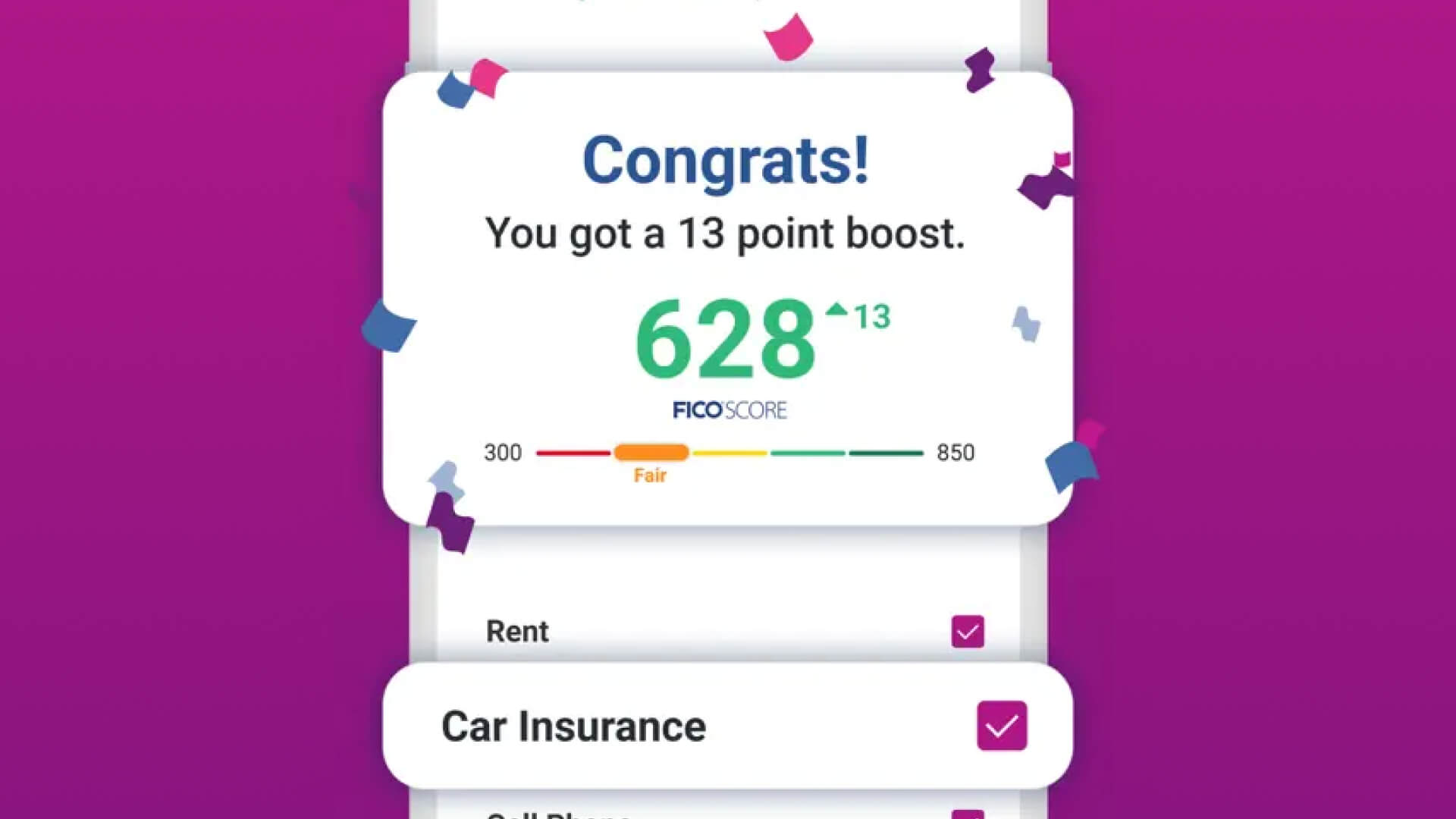Ad quality has improved dramatically over the last couple of years and poorly crafted ads just don’t cut it anymore. Gone are the days of focusing purely on aesthetic appeal. Today, the best creatives are those that engage users, so much so that they’ve begun influencing game design.
That sounds like an odd claim but bear with me. If you think about it, both creatives and mobile games value engagement and track similar metrics. Taking this into account, savvy mobile marketers have been using their creatives as a testbed for in-game elements, allowing creatives to influence everything from game mechanics to aesthetic tweaks.
Why ads are important, and how to make winning ones
Let’s take a step back and examine why ads are so fundamental your business. On the surface, ads are the front end product and allow consumers a view into your brand and app, and drives their decision whether or not to download. Strong ads yield lifts in install delivery and user quality, without needing to increase costs of acquisitions (think raising CPI). They also increase organic user acquisition through visibility.
The process for making a great ad include ideation, testing and measurement, and iteration. In the ideation phase, you need to consider how to showcase the best feature of your app or game. You should explore different ideas and test variables that are key to the user experience.
When it’s time to A/B test, do so in a controlled environment, manipulating a single significant variable at a time to ensure you can attribute performance gains or losses to that change. Analyze install volume, CTRs, CVRs, and CPMs to understand the combination that resonates with your target audience.
If the above tips about testing creatives sound familiar, that’s because many of the KPIs to look out for and tactics are the same for when you’re testing a mobile game. For example, a popular puzzle game in the App Store experimented with different background colors in its ads and found that implementing the winning color within the game resulted in a +6% lift in retention. While that may not sound like a huge gain, 6% spread across thousands or millions of installs adds up quickly.
Fail fast and keep testing
In mobile, trends can quickly become the new norm and successful ads from previous years may not hit your performance goals today. It’s good to have intuition but you must test it to see if it’s correct. A/B testing will also give you data to back up key business decisions instead of relying on your gut feeling. The way to think about testing creatives is that you can never have too much information. In the end it’s better to have creatives that are either wildly successful or bomb. Failure is part of the process and you can learn from them quickly, rather than having a mediocre performer that you’re unable to draw conclusions from.
Taking what you’ve learned from testing, it’s time to iterate on your best performing ads. What made the ad successful? What elements can you tweak to test performance? Some things to test are ad copy, CTA style, or changing up duration and location of interaction points in playable ads. Don’t be afraid to push the boundaries. Unconventional ideas have delivered interesting results for us and our partners.
Testing doesn’t have to stop at creatives and UI elements either. The same tools and methods for making great creatives should also be used to test everything from app icons, screenshots, app store descriptions, and even game style or mechanics. Even if you only see small lifts of a few percentage points, remember that these optimizations scale. When it comes time to refresh your creatives (every two or three weeks as a rule of thumb), don’t forget their importance, as creative learnings have the ability to influence your game’s design and drive success to your business.









